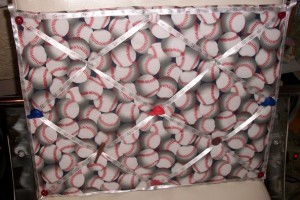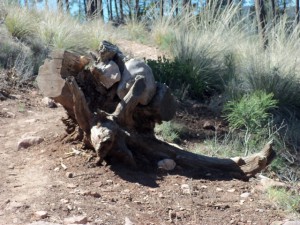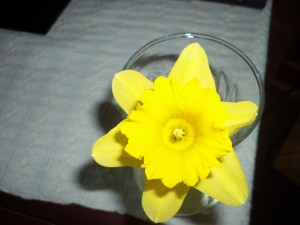First of all, a caveat: I’m one of those whose perfectionist tendencies used to keep me from producing much in the way of writing, so I’m plunging in regardless. There will probably be errors, and I apologize beforehand. An extremely tentative outline started going through my head in the shower this morning…let’s call it a list.
Although I have a strong inkling I won’t stick with it, I wrote the list for my own sake, so I can look back and remember where I thought I was going. (Kind of like life in general.)
Our grandson helped me with this by asking, “What was your favorite thing about England?”
Mind you, this was about an hour after we arrived home, and it was 2 a.m. UK time, so everything was a happy blur of memories. But I replied that Bletchley Park had to be right up there, vying for first place.
And then I told him about the nifty man dressed in a WWII suit standing next to his wife, with her perfectly elegant suit, WWII hairdo and hat. He crooked a finger at us when he saw me staring, and we walked over.
“If you need anything, I most likely have it here.” He tapped his small black cardboard suitcase. His eyebrows and surreptitious stance shouted BLACK MARKET.
“Could we see what’s in there?”
He nodded and cleverly turned the case toward himself, clicked open the latches, and drew us closer. Then he allowed us a peek. Silk stockings, sweets and other rationed items, all in their original packaging.
Ah…I’ll treasure this memory! We’d just stepped into one of the buildings at Bletchley Park, the highly secretive location where brilliant “nerdy” types were sent to break enemy codes during the war. In numbered “huts”, nearly 10,000 workers wracked their brains to untangle the German enigma machine codes, as well as ones used by the Japanese. Their work made an unfathomable difference in the outcome of the war.
We spent hours reading about these dedicated men and women who endured long, sometimes very cold, damp weeks and months laboring over intercepted messages. One tour guide said their mission was so top-secret that many never spoke of it again.
Decades after World War II ended, he started leading tours. When his elderly father heard that, he told him, “You can’t go up there…that’s top secret.”
On one of this guide’s tours, an older couple were listening to him introduce the particular work that had occurred in a certain hut. To the guide’s astonishment, the visitor ventured, “I worked there during the war, in hut ten.”
His wife turned to him and said, “You did? So did I. I was stationed in hut six.”
Can you imagine? They’d never even told each other what they did during the war.
Tidbits like these stay with me, along with the “God wink” that the day we arbitrarily chose to visit this amazing place happened to be “dress-up day.” We had no idea, but seeing women wearing hosiery with seams running down the backs of their legs and prim hats soon let us know.
In the green expanse outside the huts and museum, re-enactors displayed field hospitals, SOE agents at work, WWII women making corned beef hash attractive to their families, medic tents, ammunition dumps, the list goes on and on.
I promise I’ll share some photos of them and that natty little fellow with the black case as soon as I figure out how to find them in the thousands of images Lance shot during our stay. I’ll probably say it several more times, but having him catalogue everything this way was a great relief–so much to take in, so impossible to recall it all.
Needless to say, if you plan a trip to the UK, I’d suggest setting aside a full day for Bletchley Park.





